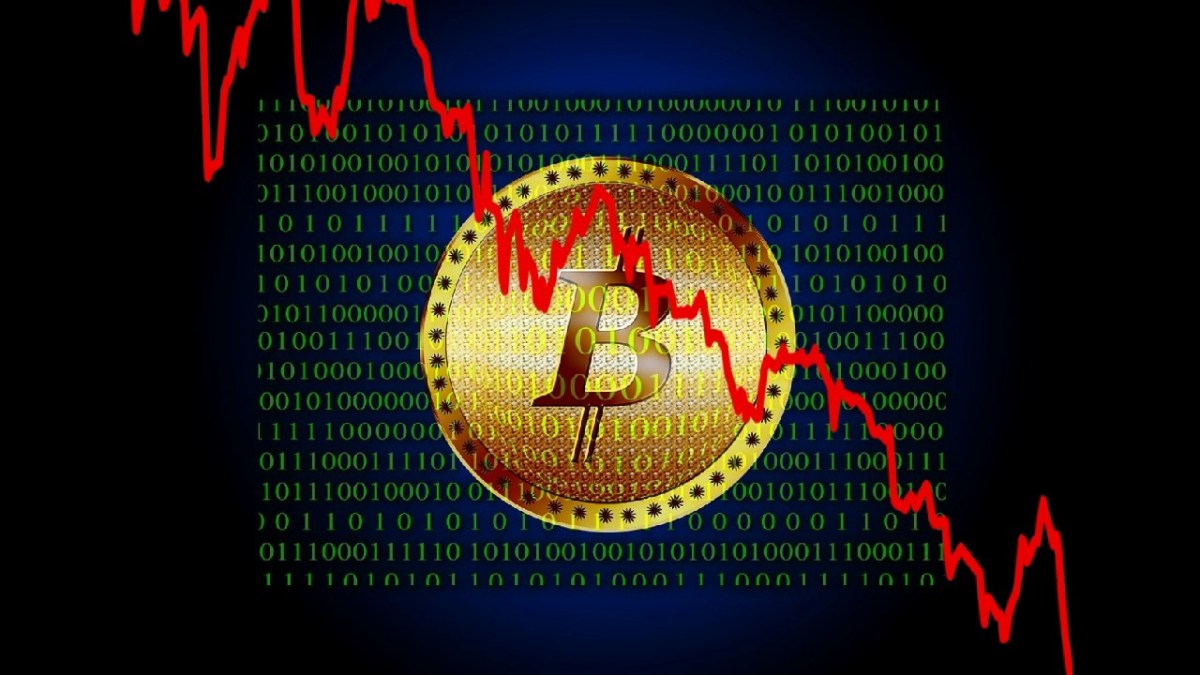Why November Will Be The Real Test For Bitcoin
These are the show notes for the Unchained podcast, available on Google Play, iTunes, iHeartRadio, Stitcher or TuneIn Radio, and sponsored by OnRamp.
Bitcoin’s three-year long civil war may finally soon come to an end — but whether that will be a peaceful ending or a bitter breakup remains to be seen.
For now, the first of a series of deadlines for potential splits in the blockchain — the single ledger of bitcoin transactions going all the way back to the first one in January 2009 held on thousands of computers around the world — looks like it will be averted.
In May, many of the largest economic actors in Bitcoin — exchanges, wallets, businesses representing millions of users — aligned with miners, or the companies that keep the network running, to push forward a compromise that they believe will put the hostilities to rest.
“The good will and positivity that comes out of moving all the Bitcoin players forward together is going to allow us to not go through these Mexican standoffs every time there’s a critical change to be made to the network,” Brian Hoffman, CEO of OB1, one of the companies that signed the agreement, said in the latest episode of my podcast, Unchained (Google Play, iTunes, iHeartRadio, Stitcher or TuneIn Radio), which was an impassioned discussion of what may be the end of Bitcoin’s civil war.
However, one crucial group was not on board with this compromise. Not one of the core developers who have been shepherding the development of the protocol all these years — despite the fact that they are not a homogenous group — did not sign on to the accord, called SegWit2x or the New York Agreement. And because SegWit2x has two parts — first, a technical change called SegWit, and then, 90 days later, another technical change that will increase a cap on the amount of data that can be processed in any given block from 1MB to 2MB — it’s not certain whether the adoption of the first part (basically adopted but not 100% certain yet) will necessarily lead to the success of the second.
That moment, which comes in November, is most likely to decide whether Bitcoin will remain one network or split into two. That is the point when “you have to get all the markets to agree that what we used to call Bitcoin is no longer Bitcoin,” said Bitcoin core developer Eric Lombrozo, who joined Hoffman on the podcast.
“It’s important to realize that’s not necessarily a sure thing,” said Hoffman. “This is clearly going to be a massive, contentious time period.”
Courtesy of Brian Hoffman and Eric Lombrozo
Brian Hoffman, CEO of OB1, and Eric Lombrozo, Bitcoin core developer
However, even though no core developers signed on, Lombrozo said a number of them have been working to make sure it’s not a disaster anyway. At the same time, he believes that the companies who teamed up with the miners but didn’t manage to get any core developers on board allied with the wrong group.
“Miners want to collect as much as fees in possible, while businesses using bitcoin want to pay as little as possible. Definitely, none of those fees are getting paid by the developers. I think industry picked the wrong allies when it comes to figuring out where their interests lie,” said Lombrozo.
But perhaps not. Some people view the SegWit2x compromise as pitting corporations against cypherpunks, with the corporations being not only the exchanges and wallets but also miners, whereas the developers are more philosophically motivated.
Lombrozo and other core developers opposed increasing the block size from 1MB blocks because they felt it would further centralize the network, or concentrate power over it to a smaller number of miners. Additionally, making such a change requires what is known as a hard fork, which not only runs the risk of splitting bitcoin into two, but then also could mean “maybe people’s preferred programs won’t work or coins or contracts won’t be honored by the new rules,” he said.
“I think a hard fork would be fine under different circumstances if we had better research for it and could get better support for it,” he said. “Every single time any hard fork threat has been pushed hard the markets have dropped.”
Hoffman, of course, disagreed: “We’re getting close to $2,800 from last week when we were under $2,000 … so I don’t necessarily buy the market is rejecting the hard fork. The hard fork has gotten the connotation that it’s this horrible, awful thing that could ever happen. At some point in time, Bitcoin is going to have to hard fork.” And he said it needs to happen soon because economic activity is already moving to other blockchains.
Interestingly, despite the fact that the community has been embroiled in this debate for three years, neither side had a good suggestion for how, in the future, developers should decide between competing proposals.
Tune in to this episode of Unchained (Google Play, iTunes, iHeartRadio, Stitcher or TuneIn Radio) to find out what happens to the power of core developers now that a change they didn’t support might get pushed through, what their ideal solutions for increasing transactions on the network are, and how much power miners should have.

Congratulations @baracuda23! You have completed some achievement on Steemit and have been rewarded with new badge(s) :
Click on any badge to view your own Board of Honor on SteemitBoard.
For more information about SteemitBoard, click here
If you no longer want to receive notifications, reply to this comment with the word
STOP